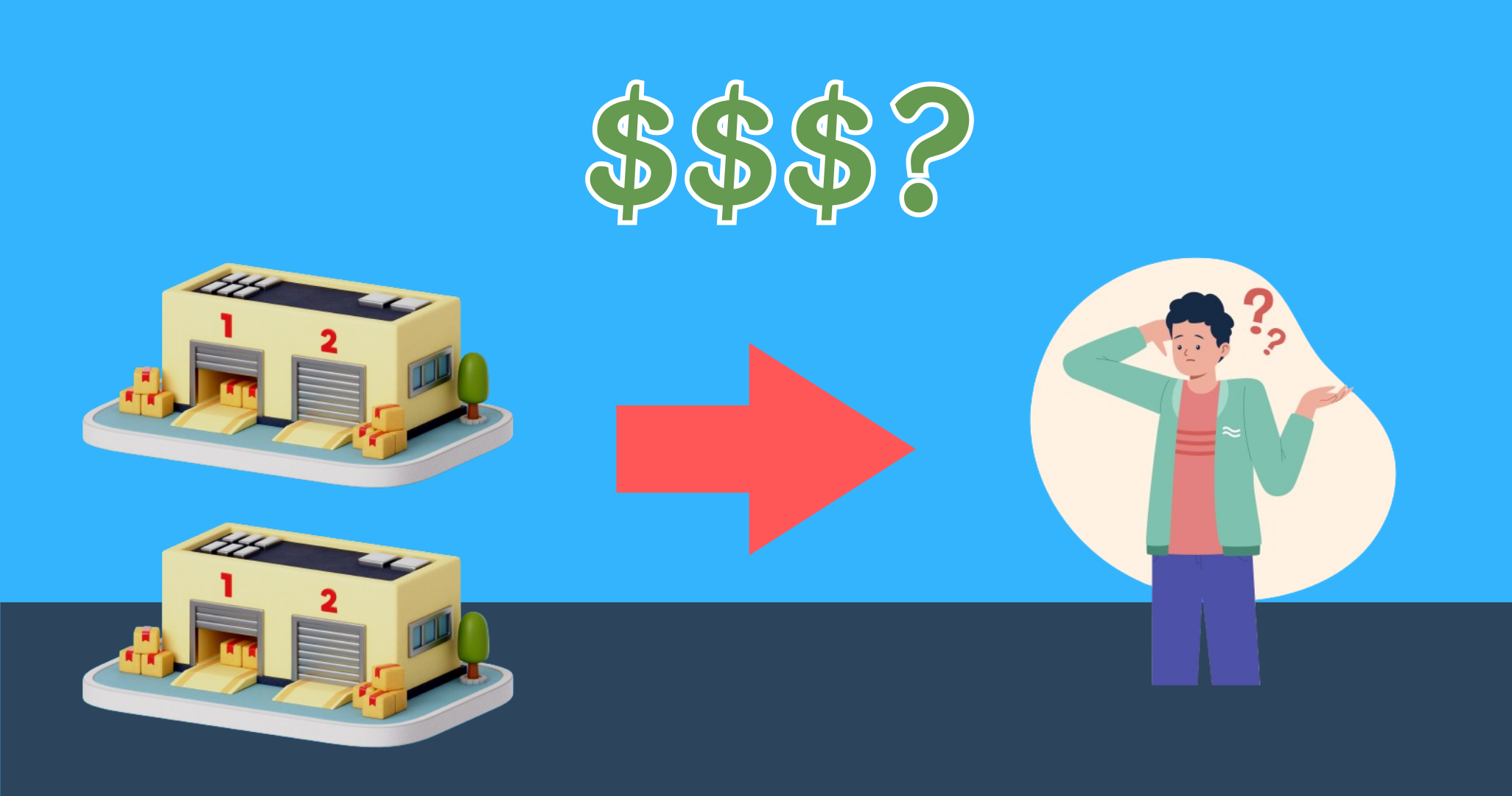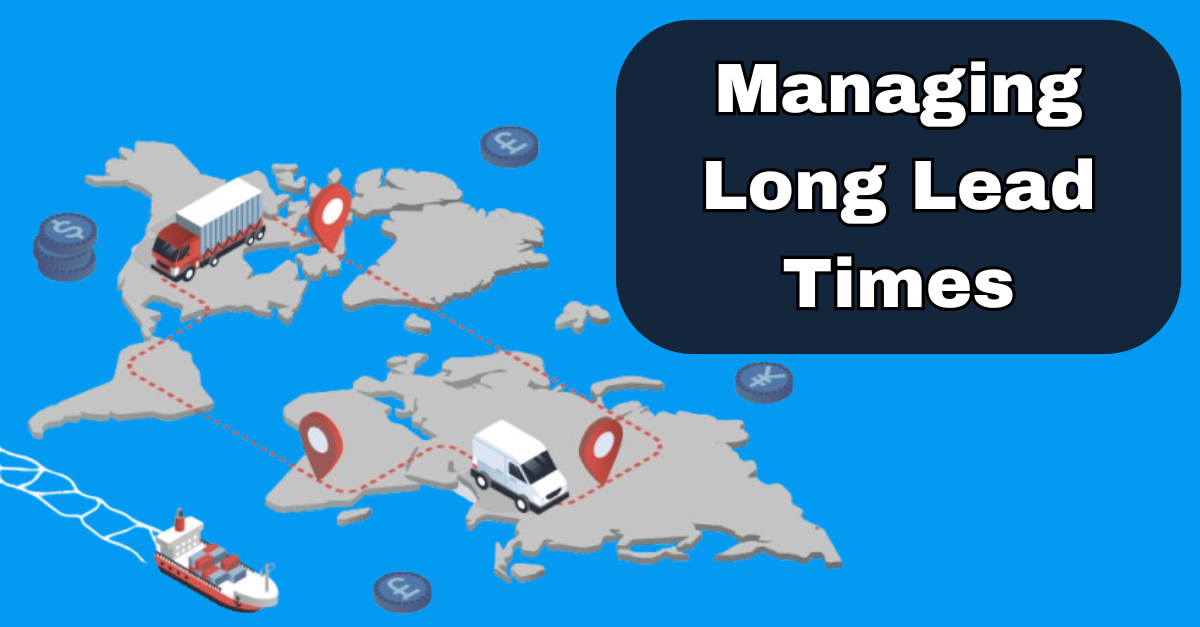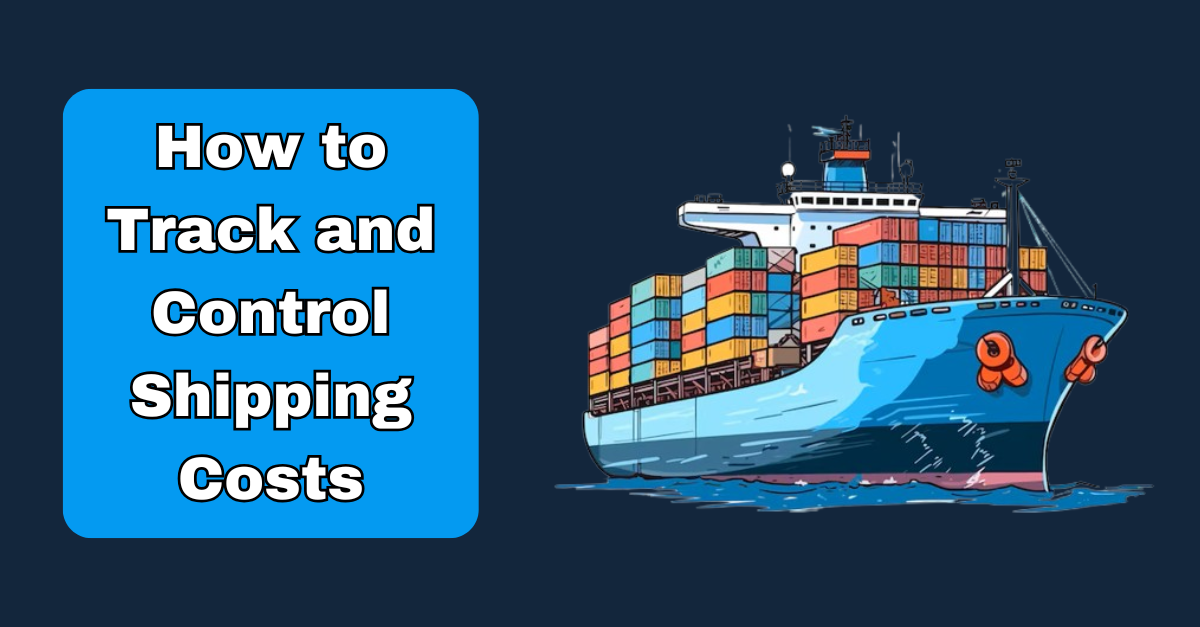What Do I Charge for a Product if I Ship It from Multiple Locations?
The first step is calculating the total cost of the materials you use to build your finished products. The key material cost to consider is the landed cost of each material at each warehouse. So, what is a landed cost? Simply put, it’s the total cost to get a material to your warehouse or facility. This includes the purchase price from the supplier, along with freight, insurance, and any other expenses incurred getting a material to its destination.
The key point here is that landed costs can vary depending on the location of your facilities, even when you're sourcing the same material from the same supplier. For example, shipping a batch of sugar to Stewart Island will cost more than shipping the same sugar to Auckland, simply because freight charges differ.
The beauty of modern ERP systems is that they can handle this complexity for you. You can configure your ERP to automatically calculate landed costs for each warehouse based on where the product is coming from and the costs associated with getting it there.
Now, let’s add in other costs, like manufacturing, on top of the landed costs of your materials. This will give you the total cost of the product you’re selling. Once you’ve established this, the next step is to consider how it impacts your sales margin.
If you want to keep a consistent sales price across all your warehouses, you’ll notice that your margins will vary depending on which warehouse you ship from. For instance, shipping from your Stewart Island warehouse will cut into your margins more than shipping from Auckland because the landed costs are higher. So, to maintain the same margin across locations, you’ll need to adjust your sales price based on the warehouse from which the product is shipped.
While this might sound complicated, a well-configured ERP system can handle it effortlessly. Based on where you receive a sales order, your ERP can automatically allocate stock from the nearest warehouse to the buyer's location and adjust the price accordingly. This ensures that your margins remain consistent regardless of the shipping location.
So, to answer the original question: What do you charge for a product when shipping it from multiple locations? First, you need to establish the true cost of the item at each warehouse, including the landed cost. Then, decide whether you want to keep your pricing consistent across all locations or maintain consistent margins. Once you’ve made this decision, you can input the information into your ERP settings and let it handle the rest from there.










